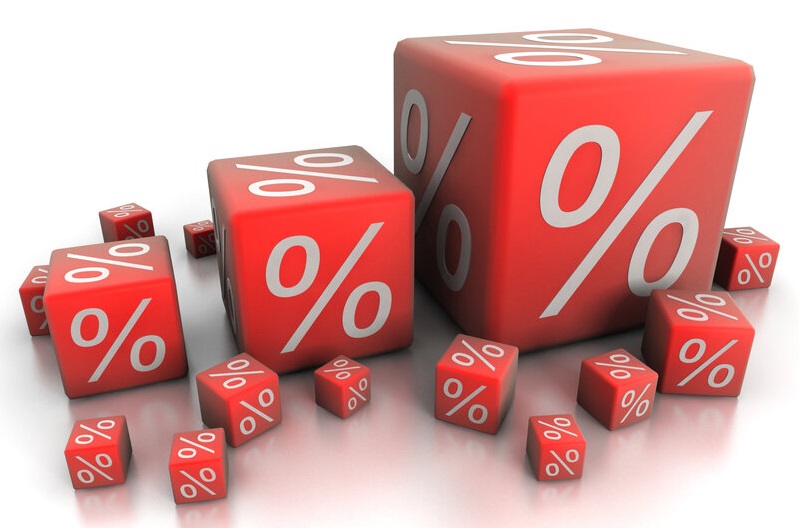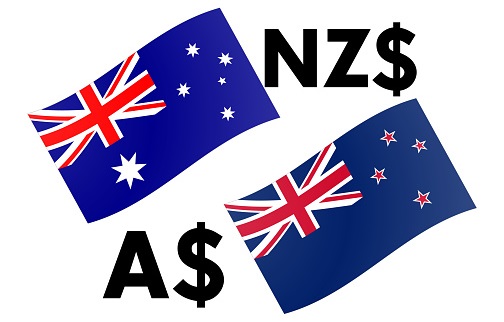The Australian dollar retreated against the greenback and the kiwi after RBA leaves the cash rate unchanged at 4.10% as widely expected by market watchers.
Inside the RBA statement the central bank noted that “This will provide some time to assess the impact of rate hikes to date and economic outlook” and “Inflation in Australia has passed its peak.”
Moreover, they stated that “Growth in the Australian economy has slowed and conditions in the labour market have eased” and “A significant source of uncertainty continues to be the outlook for household consumption.”
The balance of the decision was rather fine as market pricing was seeing roughly 63% odds of no change, and the RBA delivered on that. The statement reads as a pause or potentially just a “skip”, as they continue to maintain the recent forward guidance that “some further tightening may be required“.
Market players are still nonetheless anticipating another rate hike in August and from the communication, it doesn’t sound like the RBA is going to put that off the table for now. They are saying that this is a pause to reassess, but we may hike rates again.
The Nikkei retreated from a new 33-year high recorded on Monday, falling 0.82%, as the yen remained extremely weak, helping exporters in Japan, while the TOPIX also recording a smaller loss of 0.5%.
South Korea’s Kospi fell 0.2%, while the Kosdaq traded fractionally lower as the country’s consumer price index grew at a slower rate of 2.7% in June, marking a fifth straight month of decline and inching closer to the central bank’s target of 2%
The consumer price index in South Korea increased eased for the fifth consecutive month to the lowest since September 2021, supporting the central bank’s move to pause its tightening cycle earlier this year.
On a monthly basis, prices were flat in June after seeing a 0.3% increase in the prior month. The figure also followed a 3.3% rise in May and came in below forecasts of 2.85%.
The Bank of Korea lifted its policy rate by an aggregate of 3 percentage points from August 2021 to combat inflation, bringing borrowing costs to a 14-year high of 3.5%, before pausing its rate-increase campaign in February this year.




